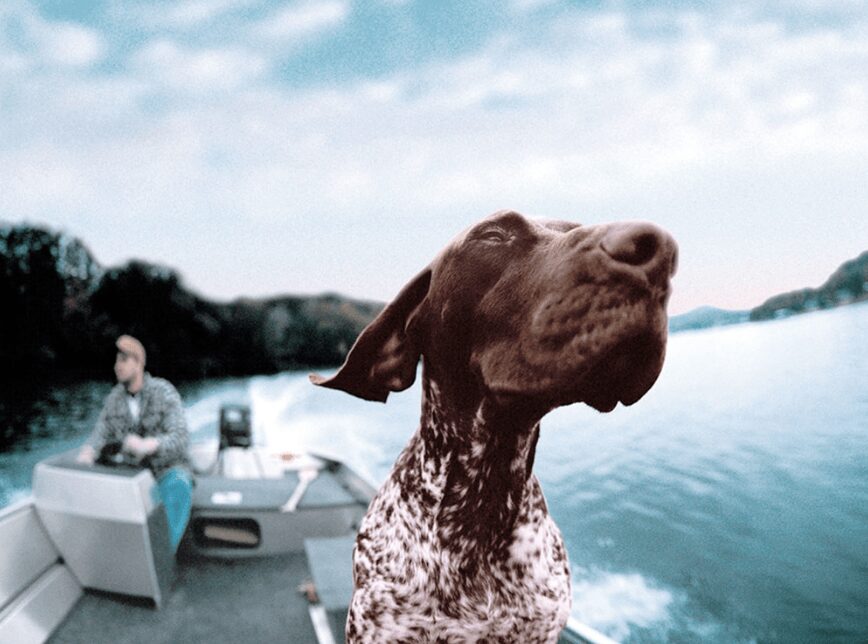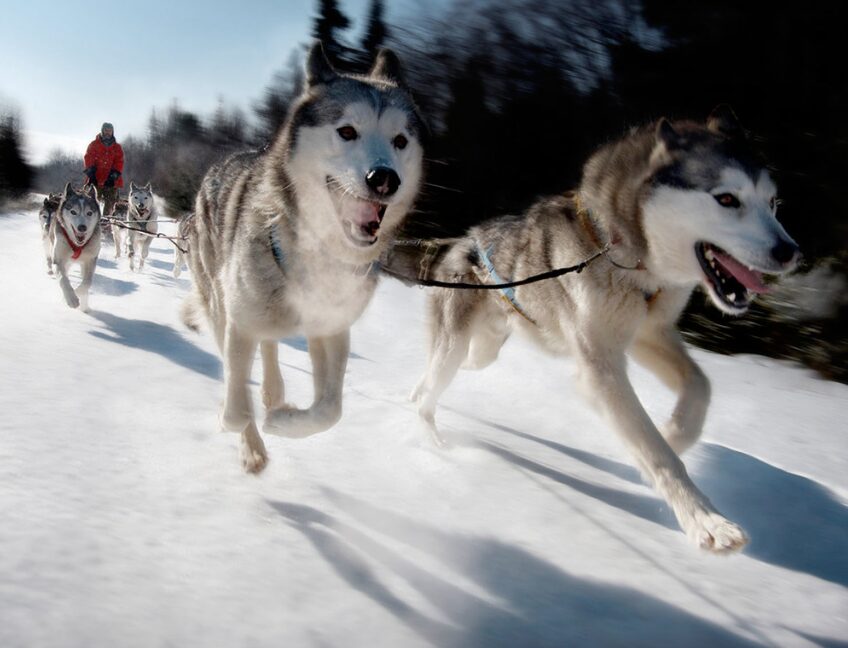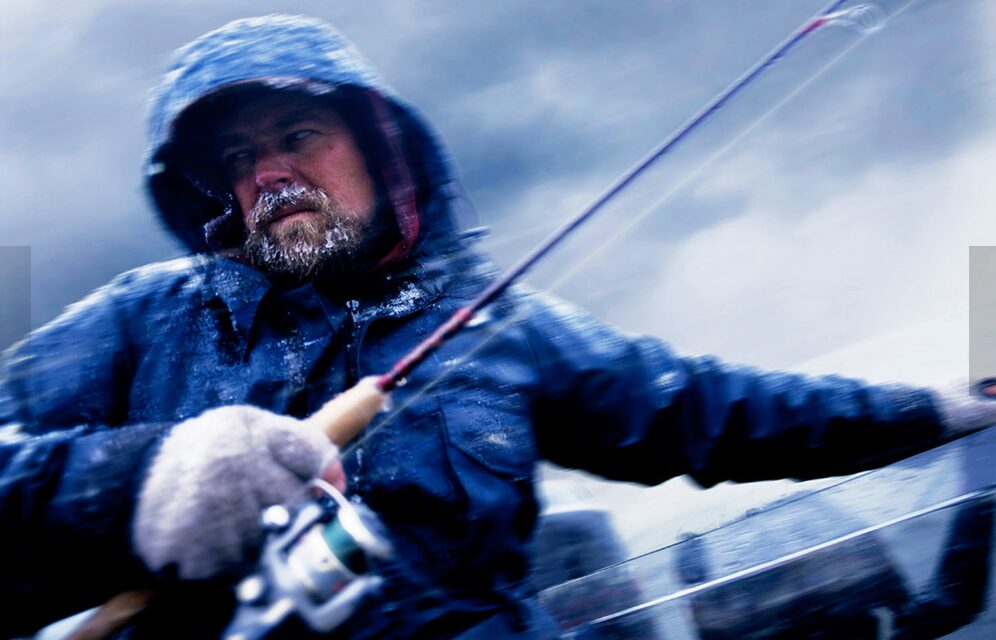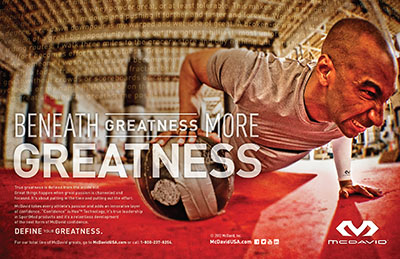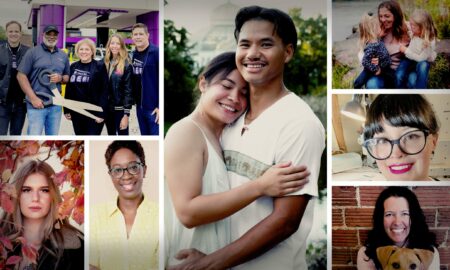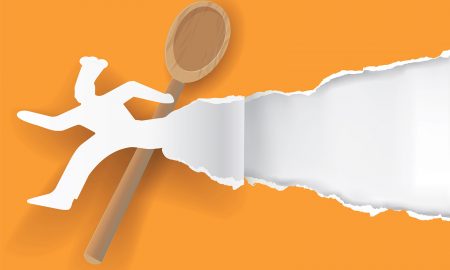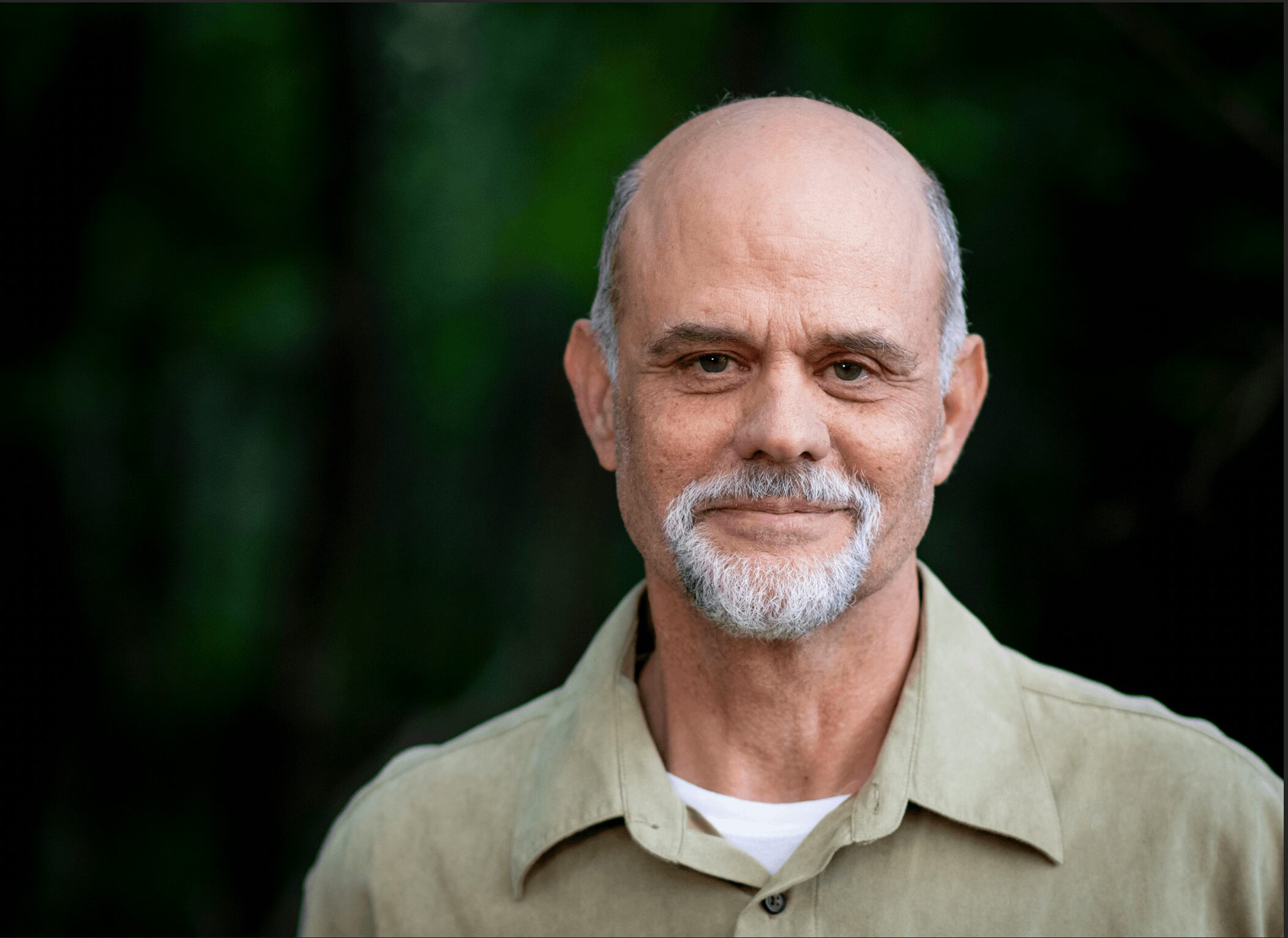

Today we’d like to introduce you to Joel Sheagren.
Hi Joel, we’re thrilled to have a chance to learn your story today. So, before we get into specifics, maybe you can briefly walk us through how you got to where you are today?
For as long as I can remember, visual storytelling has been my language.
I moved to Minnesota in 1986 to pursue a career in commercial photography, and over time, I found success and joy capturing the stories brands wanted to tell. But in 2007, something shifted. A startup nonprofit out of California asked for help raising awareness around human trafficking. I brought the opportunity to Martin Williams, an agency I collaborated with frequently, and we developed a campaign that not only earned industry recognition—including a CLIO—but left a lasting impact on me.
Something in that work awakened a deeper calling. I realized I’d spent years telling stories for corporations—but giving voice to those whose pain had been hidden or silenced touched a different part of my soul. That experience planted a seed.
By 2012, my wife and I launched our own nonprofit called Hope & Rescue Foundation focused on human trafficking awareness and the issues driving the insidious issue. The more we dug in, the more we realized that developmental disabilities—particularly Fetal Alcohol Spectrum Disorders (FASD)—are often the unseen drivers behind trafficking vulnerability. While poverty is frequently cited, what’s often overlooked is what drives poverty. FASD is the most prevalent developmental disability in the world, yet it remains tragically underdiagnosed and misunderstood.
We know this personally. We adopted two children from the same birth mother, aware she drank during the pregnancies. It wasn’t until 14 years in that we discovered FASD as the root cause behind the disruptive behaviors we were experiencing, particularly with our son. That discovery changed everything eight years ago—learning to parent differently and becoming an advocate. This journey also has become the Embraced project—a multi-channel initiative encompassing a novel, a caregiver guide, a documentary, a feature film, and more—all rooted in one belief: stories have the power to heal, awaken, transform and re-humanize. Although the process has been challenging on many levels, some stories simply must be told.
We all face challenges, but looking back would you describe it as a relatively smooth road?
Yes, I needed to focus more on parenting, rather than producing ad campaigns. I needed to learn an entirely new way to parent and understand a developmental disability that I didn’t even know what the acronym stood for. It’s also a challenge addressing an issue that know one else understands and seems threatened by for a variety of reasons.
Can you tell our readers more about what you do and what you think sets you apart from others?
Over the years, my work has been centered on visual storytelling—first as a commercial photographer and filmmaker, where I produced award-winning campaigns for major brands and agencies and content for networks. Now I’m using these skillsets in new or you could say expanded ways.
I’m impassioned by distilling human experiences into compelling and emotional narratives, whether through still images, film, writing, or integrated media.
While I’ve been honored with international recognition, including a CLIO and several other industry awards, what I’m most proud of today isn’t found on a trophy shelf—it’s what I’ve learned in the last eight years parenting two beautiful and neurodiverse children and letting that experience reshape how I tell stories.
This journey has led me to focus deeply on developmental disabilities—particularly Fetal Alcohol Spectrum Disorders (FASD)—and how hidden vulnerabilities like these often intersect with broader societal issues like poverty, criminal justice, and human trafficking.
What sets me apart, I believe, is my ability to bring the same standard of excellence I applied in producing advertising campaigns into cause-driven, purpose-filled storytelling. I understand how to craft narratives that don’t just inform, but connect—across platforms and audiences. From leading creative campaigns to producing novels, documentaries, and training materials for churches, teacher, social worker, or caregivers, my approach is multidisciplinary and deeply personal. Ultimately, I find satisfaction and joy in helping people see what they’ve missed—whether it’s the silent struggle behind a child’s behavior or the human story buried in the margins. That’s what is driving me now.
What would you say have been one of the most important lessons you’ve learned?
It takes time to see a vision become real.
Contact Info:
- Website: https://embracingzakmovie.com
- LinkedIn: https://www.linkedin.com/in/joelsheagren/
- Other: https://www.saminacan.com/
